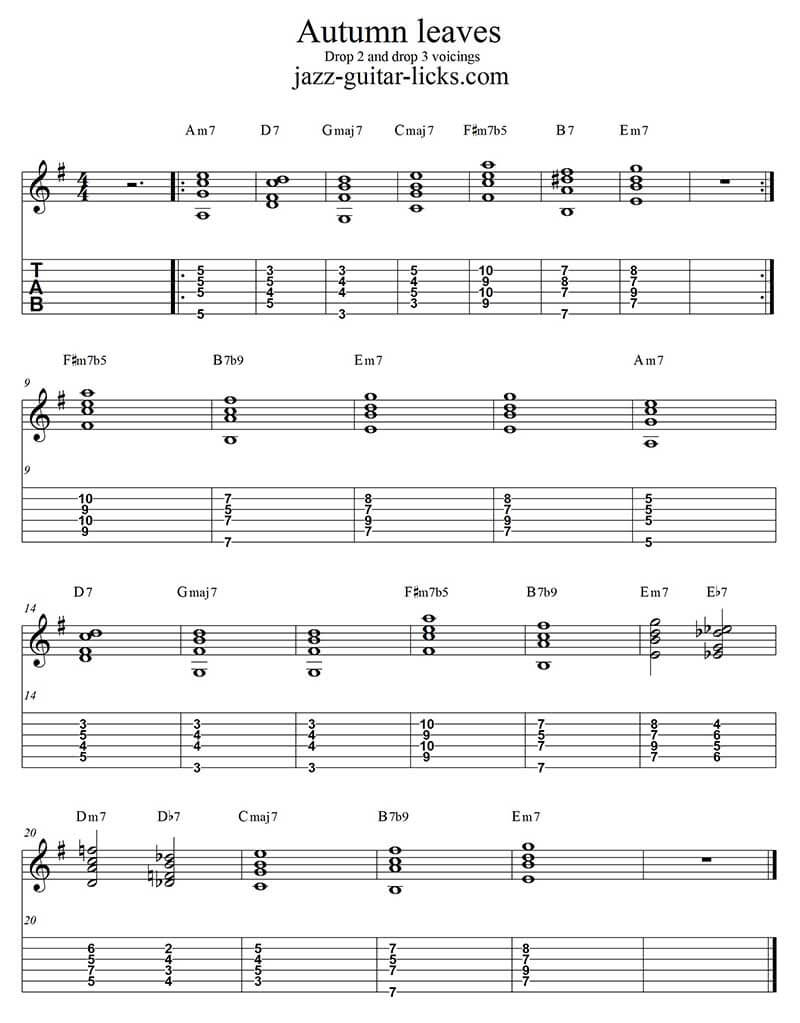
This means that you can "bend the rhythms" and the phrasing a little. If it's an old american standard (broadway) song, you can certainly phrase the melody as you please. It will help later on when we harmonize with chords on the lower strings. You may have to play the melody an octave higher than it is written on the lead sheet. 1.2 Guitar Advice (for your fingers):Īim to play the melody mostly on the highest strings (1st and 2nd preferably). If I played the first couple of notes of the tune you're currently learning for you, could you sing, whistle or hum the rest of the song? I go where it wants to go! (and the rest of of the music follows too.) Here's a quick assessment for you. I usually think of it like this: I'm playing in a car and the melody is driving.

The theme (aka "head" or melody) is always leading the way.

(whatever it takes!) until it becomes part of you. Learn it inside out and, of course, by memory.

The first step is to play and memorize the melody of piece you are working on. In other words: understand that by working on "this" you're also working on "all the other stuff" at the same time.

It is in fact the harmonization of a melody (aka playing chords / harmony AND melody at the same time). Jazz guitarists use the term "chord melody" to describe the way they play a certain song. You should use the concepts from this lesson and work on applications (all by yourself) on any/all of the standards you wish to chord melodize. So, basically, don't just build arrangements, you should also learn the skill of creating chord melodies on the fly. And, by following the three steps on this page, you'll soon be able to play like this on virtually any standard. It goes without saying, playing guitar chord melodies and other arrangements like Ed Bickert, Lenny Breau, Ted Greene or Joe Pass requires some level of skills on the instrument. The result is a refreshing performance of the song at hand (when compared to playing just the melody on it's own, or just the chords "dry"). Basically, in this context, the player is responsible for both the melody and the harmony on a given tune, at all times. Chord melody style playing also means adding chords, fills, walking bass (and more) right under a melody line or theme. Typically, we perform this on jazz standards.Īnd this is the ultimate self-expression for jazz guitarists. Jazz guitarists perform this on any given song. Ĭhord melody means playing the melody and the chords simultaneously. Harmonizing Tunes, Playing Solo Guitar, and More.


 0 kommentar(er)
0 kommentar(er)
